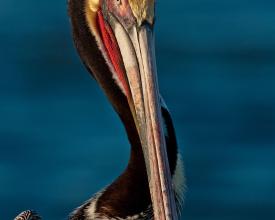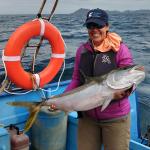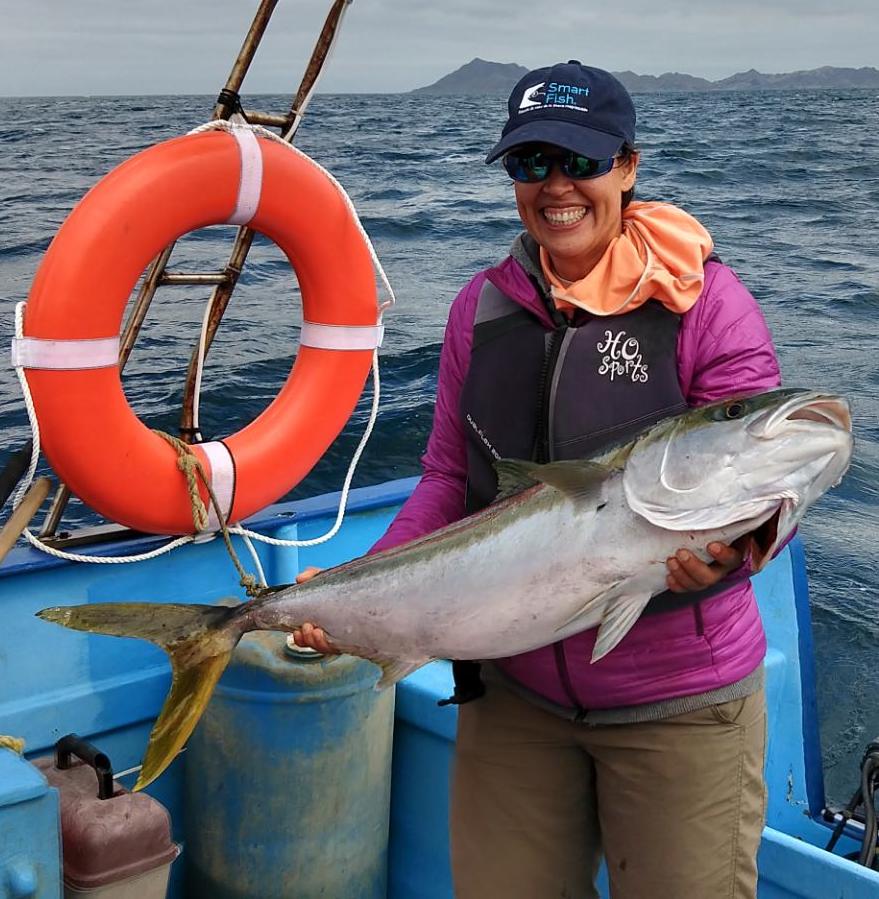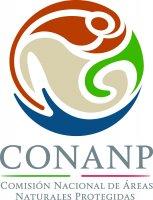
La Dotación Marina del Golfo de California - una asociación público-privada para financiar de forma sostenible las Áreas Marinas Protegidas.
El progreso de México hacia el cumplimiento de las Metas de Aichi incluye la expansión del sistema de áreas protegidas. Desafortunadamente, el presupuesto de la Comisión Nacional de Áreas Protegidas (CONANP) no sigue el ritmo, lo que resulta en áreas protegidas crónicamente desfinanciadas. Por lo tanto, la financiación complementaria de donantes privados, bilaterales y multilaterales es crucial para su funcionamiento eficaz. Para hacer frente a la falta de recursos financieros y garantizar una financiación sostenida a largo plazo, el Fondo Mexicano para la Conservación de la Naturaleza (FMCN) y la CONANP crearon el Fondo para Áreas Protegidas para apoyar la gestión de 29 áreas protegidas federales. A partir de esta experiencia, el FMCN creó en 2007 el Fondo Marino del Golfo de California (GCME) con el objetivo de contribuir a la conservación a largo plazo de las áreas marinas protegidas (AMP) del Golfo de California. La GCME cuenta actualmente con un capital de 9,5 millones de dólares y un objetivo de recaudación de 30 millones de dólares.
Contexto
Défis à relever
- Financiación suficiente, flexible y oportuna para el funcionamiento de las áreas protegidas costeras y marinas
- Necesidad de colaboración intersectorial para integrar la gestión participativa de la pesca con la gestión de las áreas protegidas.
- Vigilancia y cumplimiento de la normativa en las zonas marinas protegidas
- Adaptación al cambio climático para la pesca y las comunidades costeras
Ubicación
Procesar
Resumen del proceso
Un gestor de fondos fiduciarios privados eficaz es indispensable para una solución de financiación sostenible basada en los ingresos de los fondos fiduciarios (building block 1). Para funcionar, el gestor del fondo fiduciario debe estar bien coordinado con los organismos públicos responsables de la ejecución de las acciones de conservación y gestión sobre el terreno y debe tener la capacidad de sentar a la mesa a todos los actores (building block 2). El mecanismo debe tener capacidad y flexibilidad para adaptarse a condiciones cambiantes.
Bloques de construcción
Administración flexible y transparente de los fondos
Dado que la normativa mexicana impide a la CONANP recibir donaciones privadas directamente, el FMCN canaliza la financiación a la gestión de cada área protegida a través de organizaciones locales y acompaña con estrictos controles financieros y personal experimentado y bien formado. Este mecanismo de colaboración público-privada garantiza que los fondos se apliquen con transparencia y ayuda a potenciar la participación de la sociedad civil en la gestión de las AMP.
Factores facilitadores
- Una institución no gubernamental con una sólida estructura de gobierno
- La capacidad de la institución para recaudar donaciones de fondos fiduciarios de donantes multilaterales, bilaterales y privados
- Donantes dispuestos a invertir en fondos fiduciarios para la conservación
- Un Comité Financiero de expertos financieros pro bono que supervise la gestión del fondo fiduciario para garantizar que maximiza los rendimientos a la vez que gestiona el riesgo
- Un gestor de fondos fiduciarios profesional y con experiencia
Lección aprendida
Las normas que rigen el funcionamiento del fondo fiduciario deben tener la flexibilidad suficiente para adaptarse a las condiciones cambiantes, por ejemplo a los cambios en los niveles de financiación pública de las áreas protegidas en el presupuesto federal. El fondo fiduciario también debe tener flexibilidad para reasignar fondos a actividades y sitios prioritarios.
Recursos
Asociación público-privada para la financiación de AMP
La FMCN y la CONANP colaboran en una asociación público-privada, la Gulf of California Marine Endowment (GCME). Esto se formaliza en un acuerdo de cooperación que detalla el papel y las responsabilidades de los socios. La FMCN es responsable de la gestión de los recursos financieros y la CONANP vela por que dichos recursos se utilicen en actividades estratégicas de conservación.
Factores facilitadores
- Un gobierno nacional que apoye activamente el mecanismo de fondos fiduciarios público-privados para la gestión marina
- Buenas relaciones de trabajo con los funcionarios públicos de las agencias federales
- Fomento de la confianza a lo largo del tiempo
Lección aprendida
La colaboración intersectorial es indispensable para una gestión eficaz de las áreas marinas protegidas. Inicialmente el Fondo Marino del Golfo de California se enfocó en apoyar y colaborar con la CONANP, pero nos dimos cuenta de que la colaboración activa con otras agencias federales, autoridades estatales y municipales y asociaciones de pescadores es necesaria para el éxito en el campo.
Impactos
El FMCN ha colaborado estrechamente con la CONANP en la consolidación de la red de áreas protegidas en México a través de este exitoso mecanismo durante 20 años. El GCME tiene cinco objetivos principales
- Ampliar la red de protección marina mediante la creación de nuevas AMP y aumentar la eficacia de la gestión;
- Mejorar la gestión pesquera mediante la colaboración participativa intersectorial;
- Aumentar el cumplimiento de la normativa en las zonas protegidas;
- Reforzar las capacidades de la sociedad civil; y
- Fomentar el desarrollo costero sostenible.
Los ingresos del GCME han permitido al personal de las áreas protegidas triplicar el número de patrullas marinas y reducir la pesca ilegal. Sin el apoyo del fondo fiduciario, la CONANP no tendría los recursos ni la flexibilidad necesarios para abordar los retos de la gestión pesquera.
Beneficiarios
- Pescadores
- Comunidades costeras
- Comisión Nacional de Áreas Protegidas (CONANP)
- Economía nacional
Objetivos de Desarrollo Sostenible
Historia
La Reserva de la Biosfera Bahía de Los Ángeles canales de Ballenas y de Salsipuedes y el Parque Nacional Archipiélago de San Lorenzo son áreas marinas protegidas (AMP) situadas en la región de las Islas Mid Riff del Golfo de California. Cuatro fundaciones donaron un fondo fiduciario de 2,5 millones de dólares para la gestión de las AMP. Los ingresos del fondo fiduciario han permitido al personal del área protegida triplicar el número de patrullas marinas y reducir la pesca ilegal. También ha permitido contratar a un empleado para trabajar con los pescadores locales, los principales usuarios de la zona protegida. Sin la ayuda del fondo fiduciario, la Conanp no tendría los recursos ni la flexibilidad necesarios para afrontar los retos de la gestión pesquera. Como la zona es tan remota y los trámites para obtener permisos de pesca tan onerosos, la mayoría de los pescadores tradicionales de la región pescan sin permiso y, por tanto, tienen una capacidad limitada para negociar con los intermediarios que llevan sus productos a los mercados. Gracias al apoyo del personal de la Conanp contratado por el fondo fiduciario, los pescadores tradicionales están obteniendo por fin permisos de pesca, lo que les da derechos sobre sus recursos y grandes incentivos para protegerlos.




